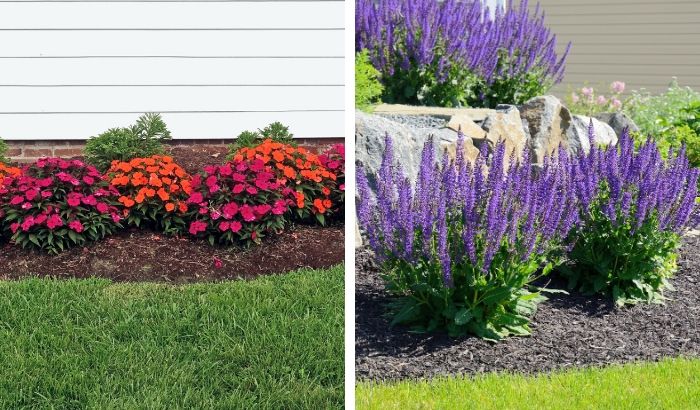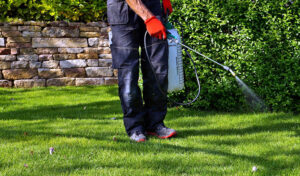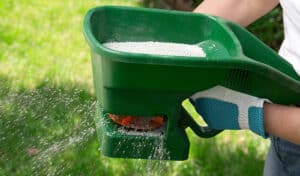Planting flowers for year-round color takes a bit of know-how and designing, but once you perfect it, you’ll be the envy of the neighborhood. Stay tuned to learn about annuals and perennials and how to use both to ensure a beautiful and colorful garden year-after-year, all long year.
Perennials
Perennials are plants that come back every year and are just planted once, with a rebound every spring. Perennials live for three seasons or more and grow back each year from the roots that go dormant in the winter. They can be planted from seed or bulbs. The best time to plant perennials is in the fall, as they need to establish the roots through the winter for springtime blooming.
Perennials typically flower for shorter periods than annuals so that gardeners will pair them together for all year color.
Annuals
Annuals are plants that are beautiful for one season and then die with the first frost. Whether you plant it from seed or get it when it’s already sprouted, an annual with sprout, flower, seed, and then die — all in the same year.
Annuals are typically showy and bright and need to be planted every year; however, you can change the landscape, whereas, with perennials, the same plants and color come back every year. Annuals are cheaper than perennials and don’t require as much maintenance. Some annuals can reseed themselves, so you may end up with new seedlings the next year, without having to plant them. They’re usually referred to as “volunteers” and may show up in another location.
Planting Annuals and Perennials Together
When designing a garden bed for all year color, it’s important to note what plants do well in your area by zones. In Utah County, our zone is 6B, meaning the perennial plants you choose should fit with this zone for survival. Plants will be tagged with a zoning requirement, so ensure you get ones that won’t die in our area. Also, remember that annuals need to be planted in the landscape after the last frost, which is typically Mother’s Day. Perennials can be planted in spring or fall, depending on the type.
Before running to the garden center, it’s best to measure your garden space and decide what can fit there. Once you have those measurements, you will know how many plants can fit in your designated area. Either consult with a landscape designer or check out YouTube videos for examples of all-year gardens. Keep in mind, annuals and perennials may have different water requirements, so ensure what you plant works well together.
What to Plant
To ensure you have an all-season garden, plant perennials in spring and fall, and annuals in spring and summer. For winter interest, plant perennials in the fall that love the cold, such as ornamental plants, grasses, and evergreen trees and shrubs —all great for year-round color since their foliage typically turns with the seasons. For example, you can plant tulips, daffodils, crocus, peonies, and pansies in the fall for a spring garden; in the spring, plant perennials that will pop up in the summer, including dianthus, black-eyed Susans, salvia, and lilies.
For a fall display, plant mums, marigolds, some types of daisies, and roses (which usually bloom spring, summer, and fall) in summer. Winter plants, such as jasmine, ornamental cabbage or kale, grasses, and evergreen bushes and trees should be planted before the snow flies.
By choosing the right plants at the right time, you can be sure your garden will enjoy year-round color.
Need Pest Control?
Plants create curb appeal and complement your lawn, so to protect both from pesky bugs, contact Summit Lawn and Pest Control. We serve all of Utah County with the reliability and experience you deserve. Contact us today to learn more.







